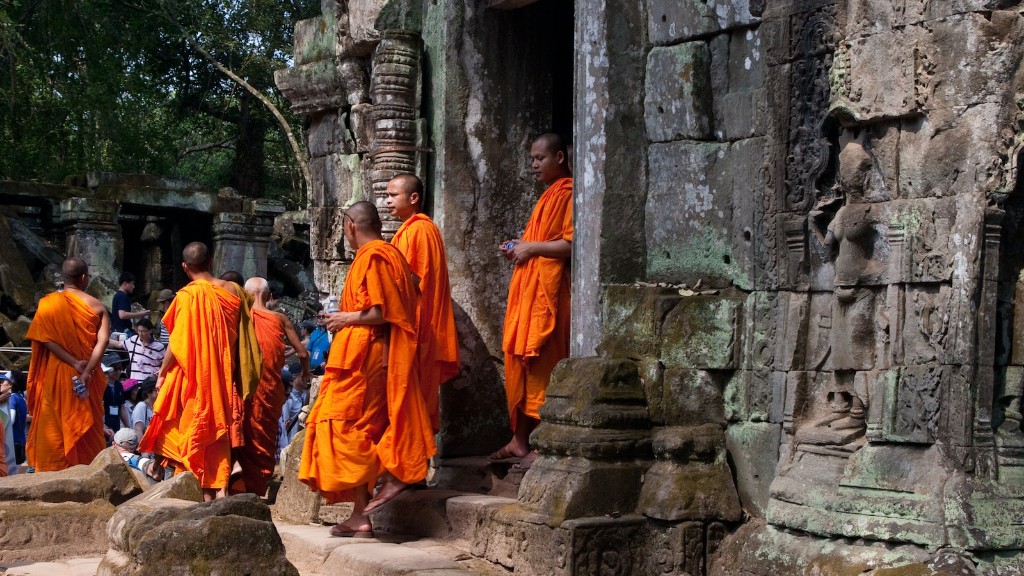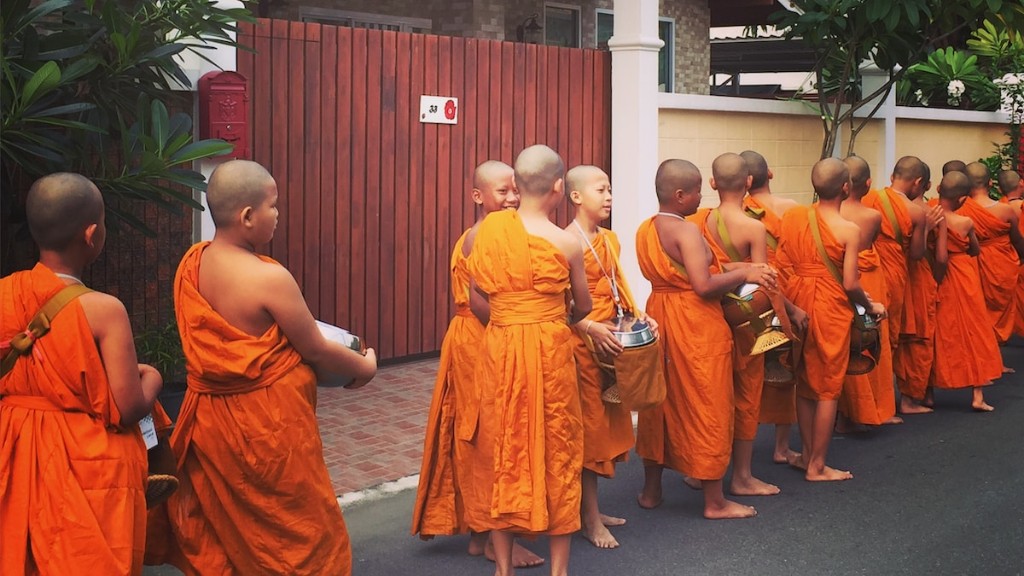What Are The Similarities Between Buddhism And Hinduism
Buddhism and Hinduism have many similarities and differences. They share some common beliefs such as the eightfold path, the importance of the concept of Ahimsa (non violence), and the belief in karma, but each also has its own distinct practices and ideologies. Hinduism is an ancient and diverse religious tradition, while Buddhism emphasizes individual transformation. While both religions have many differences, they have some similarities that have been noted by scholars and laypeople alike.
Karma
One similarity between Buddhism and Hinduism is the belief in the concept of Karma. This is the idea that a person’s actions in this life will affect their destiny in their next life. Hindus and Buddhists both believe that a person can create “good” karma through good deeds, and that this will lead to positive outcomes in the future, while bad deeds will lead to bad karma and negative outcomes. This belief is central to both religions, and is something that is often discussed in both Hindu scriptures and Buddhist teachings.
Reincarnation
Another similarity between Buddhism and Hinduism is the belief in the concept of reincarnation. This is the idea that a person is continually born and reborn, and that their actions in this life will determine the nature of their rebirth in the next. This concept is based on the belief that karma accumulates over many lifetimes, and that eventually each person will be reborn into the most appropriate form for their karma. This belief, shared by both religions, is part of the motivation for striving to live a life of virtue and compassion.
The Eightfold Path
The Eightfold Path is one of the central teachings of Buddhism, and it is also a crucial element of Hinduism. This path outlines the eight steps necessary to achieve spiritual liberation, and these steps are divided into three categories: right understanding, right speech, right action, right livelihood, right effort, right mindfulness, and right concentration. This path is fundamental to Buddhist teachings, and is also an important part of Hinduism and other Indian traditions.
Ahimsa
Ahimsa is another similarity between Buddhism and Hinduism. This is the belief that a person should not cause physical or mental harm to any living creature. This is based on the belief that all living creatures have inherent value, and that each individual has a responsibility to not cause harm to any other living being. Ahimsa is an integral part of both Buddhist and Hindu traditions, and is respected and practiced by many followers of these traditions.
God and Religion
Buddhists and Hindus also share some similarities when it comes to God and religion. While both religions are polytheistic, the central focus of religious life for both is on personal spiritual development, rather than on worshiping a God or gods. Additionally, both religions emphasize the importance of contemplative practices such as meditation and yoga, and both recognize the importance of living a virtuous life and of living in accordance with moral principles.
Ultimate Goals
The ultimate goal of both Buddhism and Hinduism is to achieve liberation from suffering. While they each have their own distinct beliefs and practices, both religions promote a way of life that leads to greater awareness, inner peace, and spiritual liberation. By pursuing spiritual growth, Buddhists and Hindus alike strive for a state of enlightenment and freedom from the cycle of suffering.
Morality And Ethics
Both Buddhism and Hinduism also promote a moral and ethical lifestyle. They both emphasize the importance of living in harmony with others and of treating all living things with respect and reverence. They also both stress the importance of love, compassion, and of taking responsibility for one’s own actions. These common values are an important aspect of both traditions, and they are often found at the core of each religion’s teachings and practices.
Language Similarities
Though the two traditions have different languages, there are some linguistic similarities between them. For example, many Sanskrit words are found in Tibetan and Pali texts, which are the two main languages of Buddhism. Additionally, some words in Tibetan and Pali are derived from Sanskrit, and the two languages also share grammar and sentence structure. While the two linguistic traditions are technically not the same, there are some similarities that can be noted.
Conclusion
Though Buddhism and Hinduism are two distinct religious traditions, they do share some commonalities. They both believe in the concept of karma and the importance of leading a moral and ethical life. They both understand the important role of Ahimsa, the eightfold path, meditation, and the concept of reincarnation. They also have some linguistic similarities, and both traditions emphasize personal transformation and the pursuit of spiritual liberation. While they are distinct in many ways, they do have some commonalities that can be appreciated.
Further Insights – Types of Religions
It is important to note that Buddhism and Hinduism are just two of the many major religious traditions in the world today. There are many different types of religious beliefs, and the differences between them can be wide ranging. Some religious traditions emphasize formal rituals and beliefs, such as those found in Christianity and Judaism, while others focus more on spiritual development. Some are more “organized” or structured, such as those found in Islam or Hinduism, while others are more freeform, such as those found in Indigenous traditions.
Further Insights – Common Beliefs
While all religious traditions have unique aspects, there are some beliefs that are shared by many different traditions. Some of these common beliefs include the importance of love and compassion, respect for all living things, and the belief that we are all linked, and our actions have an effect on the world. Othercommon beliefs include a belief in one all-powerful deity, a belief in life after death, and the idea of living a virtuous and ethical life.
Further Insights – Ancient Religions
Buddhism and Hinduism are two of the oldest religious traditions in the world. They both have ancient roots, and their beliefs and practices can be traced back thousands of years. In addition to ancient roots, many of the ideas and beliefs of these traditions have been passed down through the millennia and are still held today. These beliefs create a link between the past and present, and they provide insight into how various cultures have approached religion over time.
Further Insights – Spirituality
Buddhism and Hinduism have always placed importance on the concept of spirituality and inner transformation. Both traditions emphasize the importance of cultivation spiritual growth and of pursuing a path of spiritual liberation. This inner transformation can take many forms, such as meditation, prayer, and study, and it is seen as a way to gain insight into the world and one’s place within it. This focus on inner transformation is often seen as the foundation for personal growth and spiritual enlightenment.


